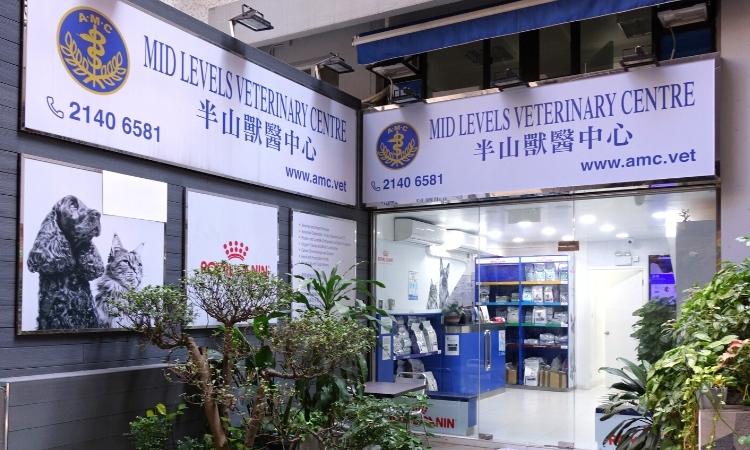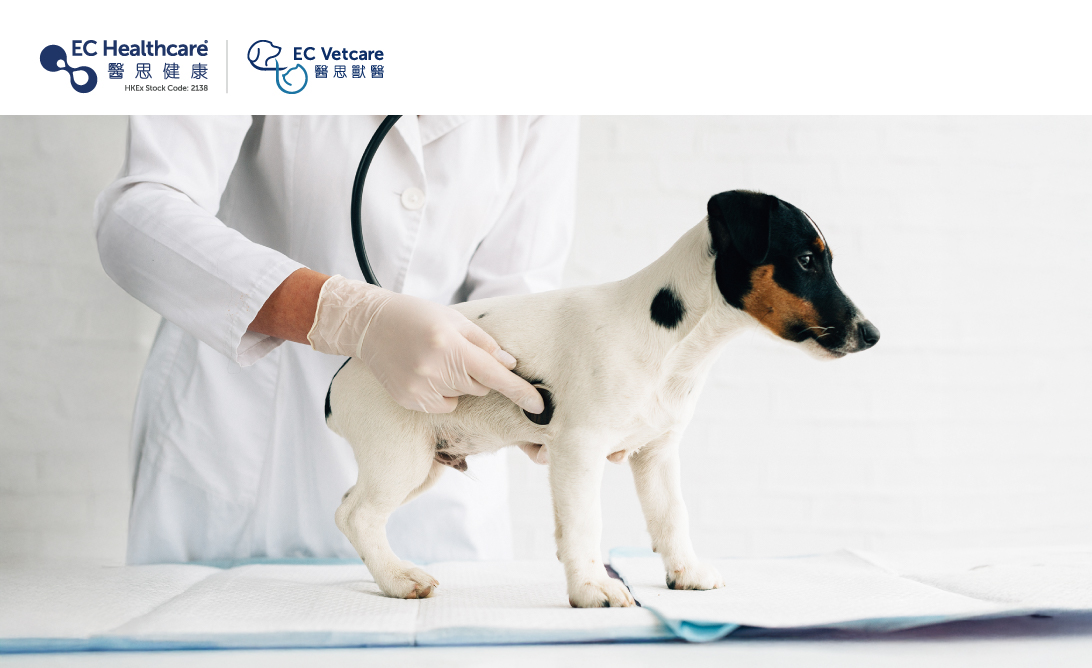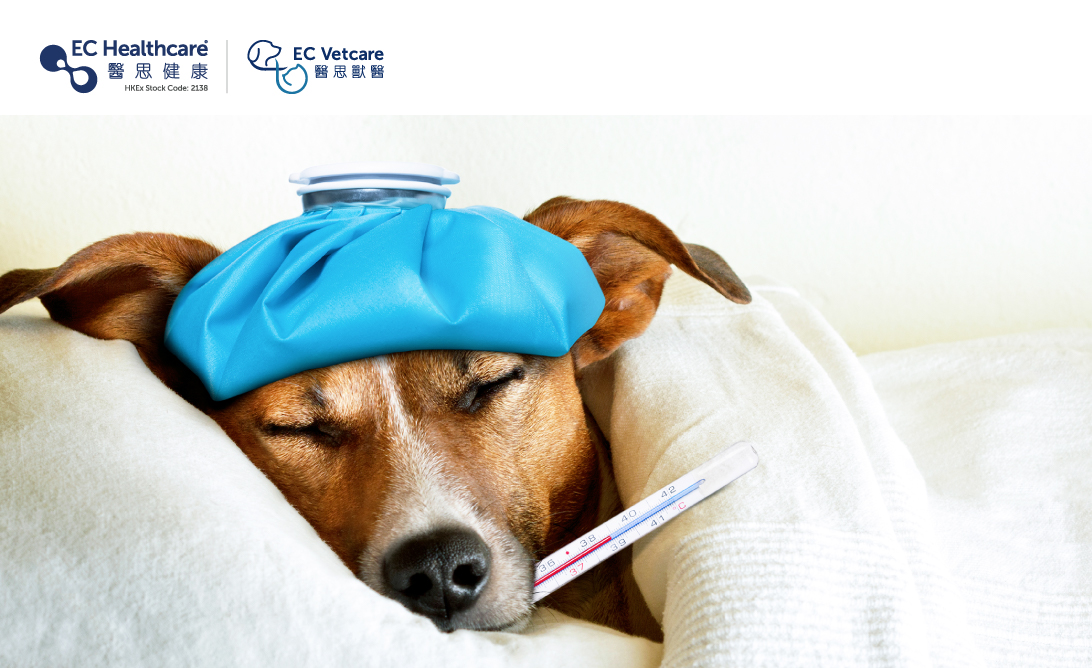Feline Fatty Liver Disease: It’s Not Just for Chonky Cats!
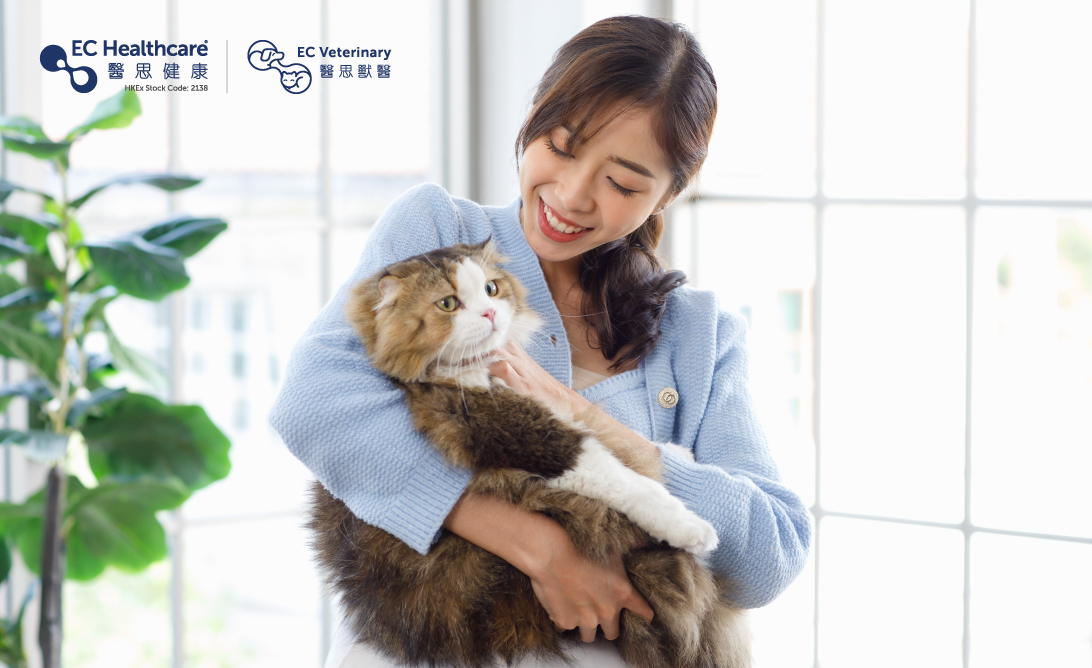

We all know that humans can get fatty liver disease from obesity, heavy drinking or malnutrition. But did you know that our feline friends can also develop fatty liver disease – even if they don't have a penchant for overeating or drinking? Let's take a closer look at what causes this condition in our furry companions!
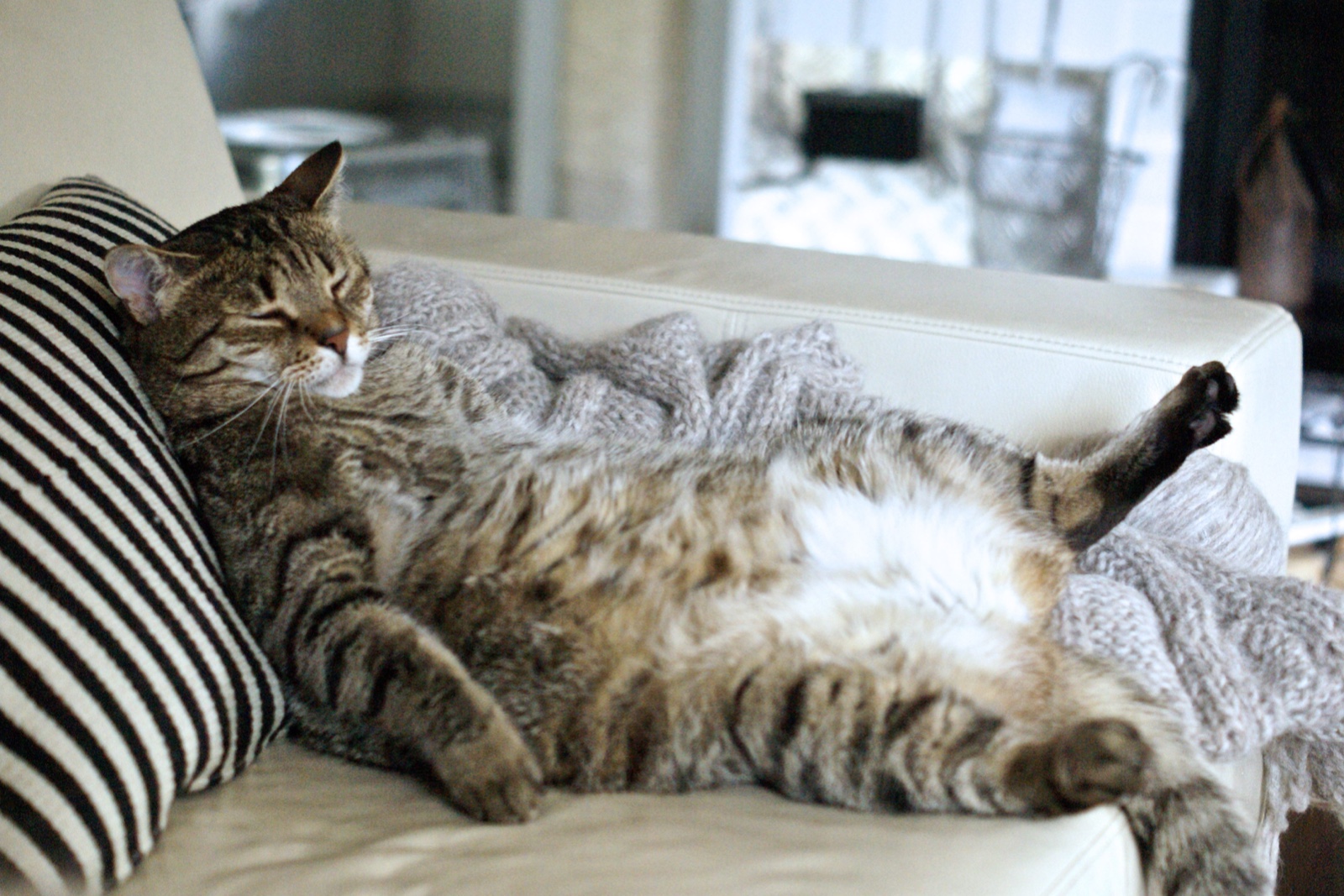
Understanding fatty liver disease in cats
The condition is also called feline hepatic lipidosis, which often affects obese and middle-aged cats (around the age of 7).
There are many potential causes of the disease, including obesity, prolonged anorexia or malnutrition, stress caused by moving home or new family members, lipid metabolism disorders, etc.
Stay alert if your cat is not eating!
As carnivores, cats require a constant supply of nutrients to fuel their metabolic needs. So if your feline friend starts skipping meals and losing its appetite, stay vigilant as it could be a sign of an underlying disease. When cats do not consume enough calories, their bodies start to move fat to the liver for energy conversion. But the fat may not be processed efficiently in an undernourished state, the fat will then build up in the liver much faster than the rate of metabolism, leading to massive fat deposits in liver cells, hence fatty liver disease.
According to clinical statistics, a cat can become prone to this condition when it has not consumed enough food for one week, and fat cats can develop the disease faster than thin cats and may suffer from more serious conditions.
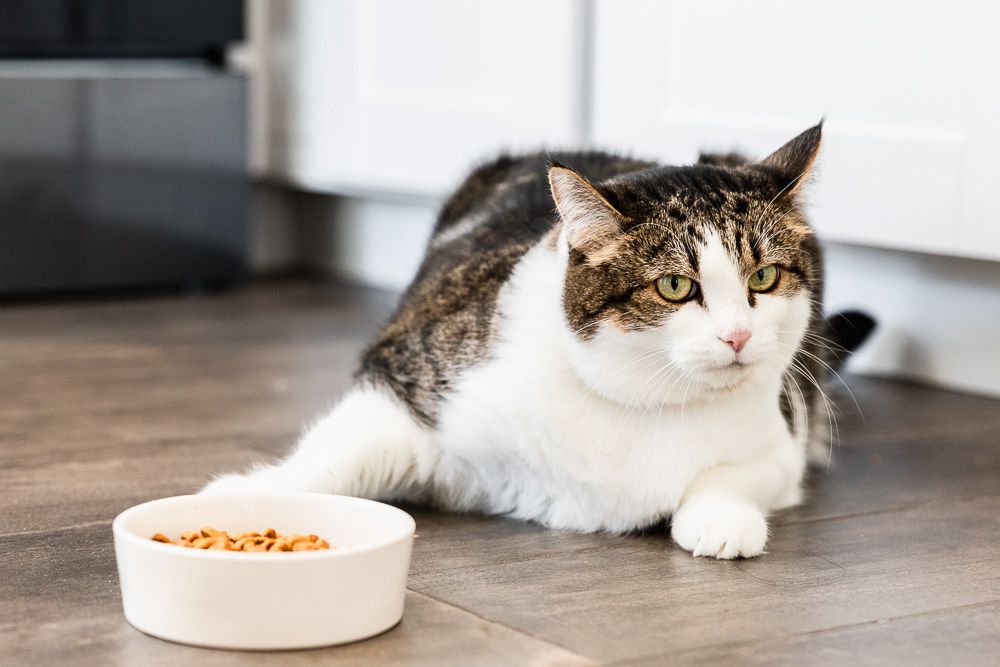
How can I know if my cat has fatty liver disease?
You can first take a look at your cat’s symptoms to assess its condition in the preliminary stage:
Possible symptoms include weight loss, jaundice (yellow pigmentation of skin and mucous membranes such as gums, white of the eye and ears), weakness, loss of appetite, nausea and vomiting, resulting in dehydration and other gastrointestinal symptoms like abdominal pain, diarrhoea or constipation. If you spot these symptoms in your furry friend, seek help from a vet immediately.
The vet will perform a blood test, thoracic x-ray, and abdominal ultrasound to identify the causes of the condition. With proper treatment and dietary care, the damaged liver can gradually recover its function. Fatty liver disease is a serious and highly fatal condition, so if you notice any suspicious signs in your furry friend, seek veterinary attention and receive a comprehensive examination as soon as possible.
Related Brands
